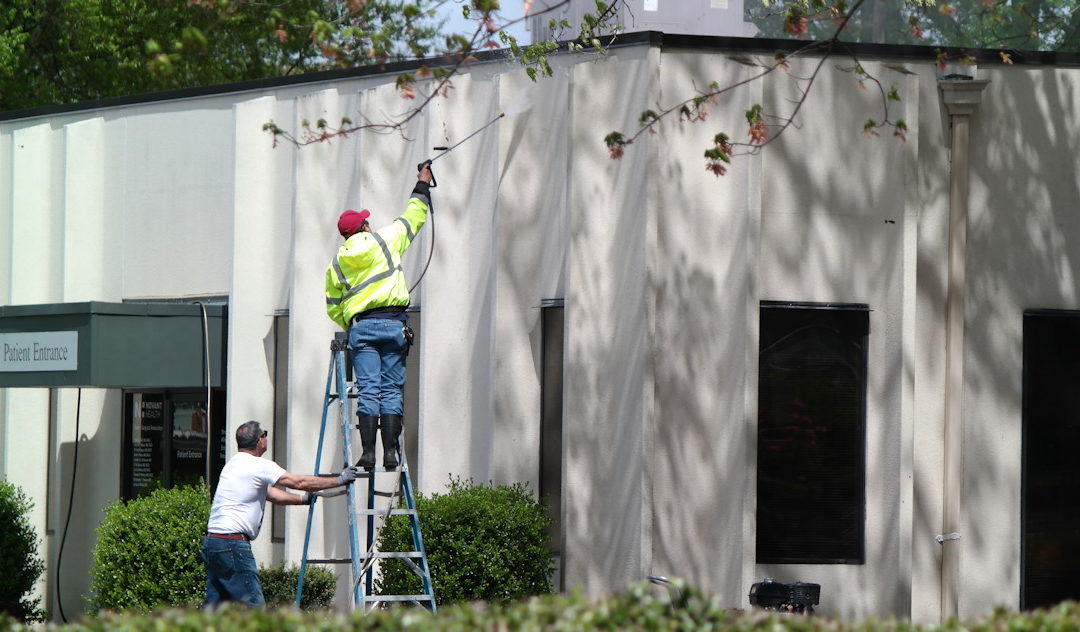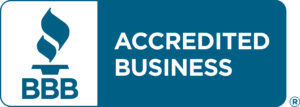How does pressure washing factor in? Drive through any neighborhood and you’ll see spring cleaning at play. Not to mention this is a popular time of year to move, and you’ve got a lot of people going through their things and trying for a new look.
But just as often as the focus is todying up inside, it makes sense to improve your home’s look outside. Beyond gardening and caring for your lawn, getting a driveway re-sealed, re-paved, or expanded is a necessary maintenance item that makes your daily commute easier.
Or maybe it’s re-painting or repairing old roofing shingles. Whatever your home renovation project, it will quite often begin with pressure washing.
Pressure Washing Is Simple Prep Work For Common Projects
Home improvement projects resolve at their best when work areas are clean and free of contaminants at the start.
Any time you’re doing outdoor painting it’s best to begin with a good pressure washing of the siding and shutters. This ensures there isn’t grime, grit, or other buildup on the surface that prevents the new layer of paint you’re adding to adhere properly.
We’ve encountered several homes with peeling or flaking paint where not taking this step was the likely culprit.
In the same way, pressure washing prepares a driveway for repair or re-paving. Obviously you don’t want oil stains, grit, or dirt on the surface when the next phase begins. (Of course, a good driveway pressure washing is good care even when you’re not prepping for a bigger project.)
Sometimes you may even find that a good pressure washing restores your siding so well that you don’t need other work.
How does pressure washing work?
Traditional pressure washing is pretty much hose water run through a high-pressure pump, which fires the water out at much higher speeds than a hose can.
This water pressure is what penetrates grit and dirt — even stains — and washes them away.
While an experienced pro handling a pressure washer won’t damage a home’s siding or windows, there were enough incidents of accidents happening in the hands of less experienced users that a new variety of pressure washing emerged: the soft wash.
Soft washing is the same idea as traditional pressure washing, except that the pump runs the water at a slightly lower pressure to make it easier to spray without fear of physical damage.
How does it still do a good job of cleaning surfaces at this lower pressure?
Namely, soft washing involves mixing the outgoing water with cleaning agents. Soft washer will often use a beach mix, but before you get nervous about that you should know that it’s mixed in such a way that the bleach will become inert shortly after it drains off the surface. It won’t ruin your grass or become harmful to pets in the yard afterward.
Versus Pressure Washing By Yourself
Every hardware store sells a variety of pressure washers, from basic models for light use all the way up to large scale ones you’d use in bigger commercial jobs.
If you haven’t pressure washed your home before, a lot of that is probably pretty nebulous to you. Which one to get, and are there other considerations about how to use each one that vary?
Especially when it comes to using cleaning chemicals — if you’re not familiar with the process it can be safer and simpler to have an experienced team handle it. Especially if it’s the first step in a bigger project.
Curious about combination projects that include pressure washing? Call us today for details.


